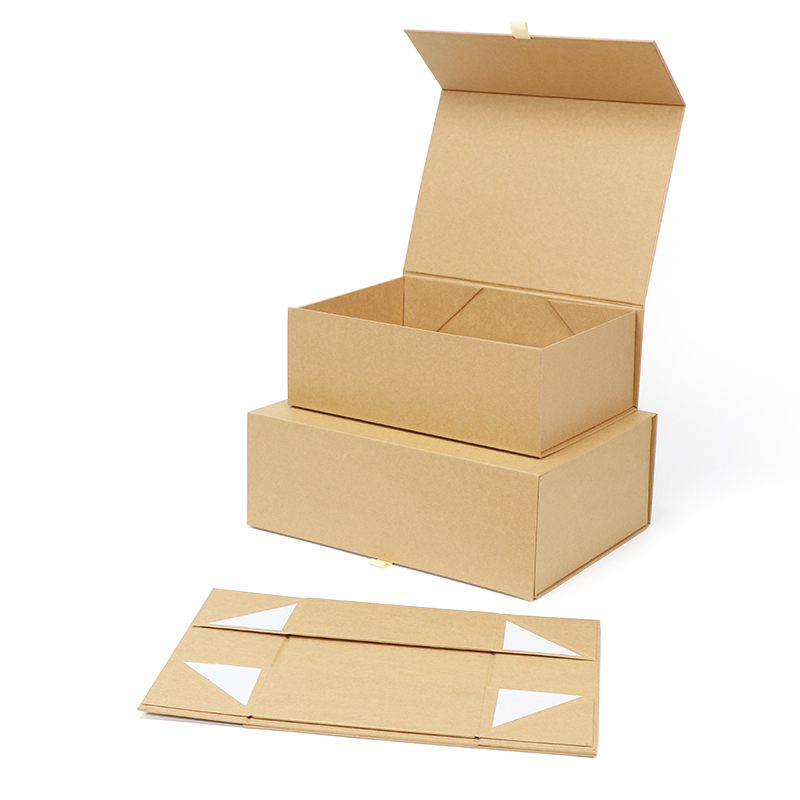- Pradžia
- Dienoraštis
- Puslapiai
- Kuo skiriasi sulankstoma kartoninė dėžutė ir gofruotoji dėžutė?
Kuo skiriasi sulankstoma kartoninė dėžutė ir gofruotoji dėžutė?
Turinys
In the world of packaging, understanding the distinctions between different types of boxes is crucial for businesses aiming to optimize their product presentation and shipping processes. Two common forms of packaging are folding cartons and corrugated boxes, each serving unique purposes and applications. While both are essential in their own right, they differ significantly in terms of materials, intended use, and structural integrity. This article will explore these differences in detail and highlight important features to consider when choosing between sulankstomos kartoninės dėžutės and corrugated boxes.
What is a Folding Carton?
A folding carton is a type of packaging crafted from solid bleached sulfate (SBS) or solid unbleached sulfate (SUS) paperboard. This type of carton is designed to be easily folded and assembled into a box or container. Folding cartons are typically employed in packaging consumer goods, food items, cosmetics, and other retail products. They provide a sturdy structure and can be printed with various graphics, logos, and branding elements to enhance product appeal. Their eye-catching designs make them an effective choice for attracting customers on retail shelves.
What is a Corrugated Box?
In contrast, a corrugated box is made from corrugated fiberboard, which features a wavy or fluted inner layer sandwiched between two flat outer layers. This construction gives corrugated boxes significant strength and durability, making them ideal for shipping and transportation. They are frequently used for packaging larger, heavier, or more delicate items that require extra protection during transit. Furthermore, corrugated boxes can be tailored in size and design to meet the specific requirements of the products being shipped, ensuring a secure fit.
Pagrindiniai sulankstomų kartoninių ir gofruotų dėžių skirtumai
Understanding the key distinctions between folding cartons and corrugated boxes can help businesses choose the right packaging for their needs. Here are the primary differences:
Material Composition
- Sulankstomos dėžutės: Made from paperboard, providing a smooth surface for high-quality printing.
- Gofruotos dėžutės: Composed of corrugated fiberboard, which combines strength with lightweight properties.
Intended Purpose
- Sulankstoma Cartons: Primarily designed for retail packaging, where presentation is essential.
- Gofruotos dėžutės: Mainly utilized for shipping and transporting goods, focusing on protection rather than presentation.
Structural Strength
- Gofruotos dėžutės: Often designed for reuse and recycling, contributing to sustainable practices.
- Sulankstomos dėžutės: Typically intended for single-use, although some can be recycled.
Tinkinimo parinktys
- Sulankstomos dėžutės: Can be customized with vibrant colors, unique shapes, and specialized finishes like matte or gloss lamination. This enhances branding and provides a tailored look that can attract consumers.
- Gofruotos dėžutės: While they can also be customized, the focus is often on functionality. Businesses can choose from various flute sizes and wall thicknesses, allowing for enhanced protection based on the specific products being shipped.
Išlaidų svarstymai
- Sulankstomos dėžutės: Typically, they come at a higher per-unit cost due to the materials used and the printing processes involved. However, their ability to enhance product presentation can justify this expense for retail-focused businesses.
- Gofruotos dėžutės: Generally more cost-effective for bulk shipping and transportation, making them a preferred choice for companies looking to minimize packaging costs without sacrificing product safety.
Reusability and Recycling
- Sulankstomos dėžutės: Generally less durable than corrugated boxes, suitable for lighter items.
- Gofruotos dėžutės: Known for their superior strength, capable of safeguarding heavier or more fragile products during transit.
Išvada
Choosing between folding cartons and corrugated boxes depends on various factors, including the nature of your products, branding goals, and shipping requirements. Folding cartons excel in retail settings where visual appeal and branding are paramount, while corrugated boxes provide the strength and durability needed for safe transportation. Understanding these key differences—and the added features of customization options and cost considerations—can help businesses make informed packaging decisions. By selecting the right type of packaging, companies can enhance their product presentation, ensure safety during transit, and ultimately improve customer satisfaction. Whether you opt for the eye-catching design of a folding carton or the robust protection of a corrugated box, the right packaging solution can significantly impact your business’s success.
Susiję įrašai

5 pagrindiniai veiksniai, į kuriuos reikia atsižvelgti renkantis savo verslui tinkamą pakavimo įmonę
Konkurencingoje šiuolaikinio verslo aplinkoje jūsų gaminio pakuotė yra daugiau nei tik apsauginė danga; ji yra pagrindinė rinkodaros priemonė, galinti turėti įtakos klientų lojalumui ir verslo augimui.

Kas yra pritaikytos sulankstomos dėžės?
Individualizuotos sulankstomos dėžės, taip pat žinomos kaip sulankstomos arba sulankstomos dėžės, yra specializuota pakuotė, sukurta siekiant patenkinti specifinius verslo ir vartotojų poreikius.

Kuo skiriasi sulankstoma kartoninė dėžutė ir gofruotoji dėžutė?
Pakuočių pasaulyje suprasti skirtumus tarp skirtingų tipų dėžių yra labai svarbu įmonėms, siekiančioms optimizuoti savo produktų pristatymą ir pristatymo procesus.

5 nežinomi faktai apie sulankstytą dėžutę
XX a. ketvirtajame dešimtmetyje sulankstytos kartoninės dėžutės perėjo iš paprastų prabangos prekių konteinerių į būtiniausius pasaulinės pakuotės įrankius.
